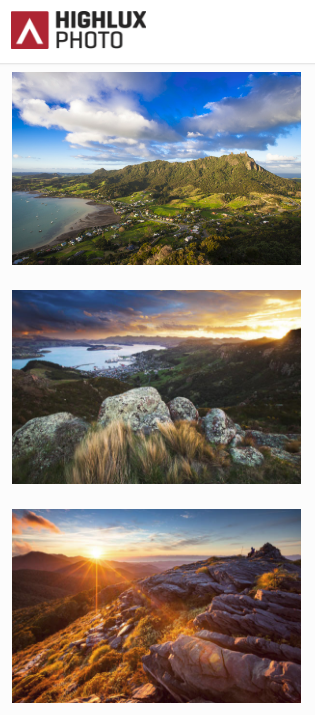Visiting the mountain regions of New Zealand is one of my passions. The freedom and wild beauty of our hills, valley and rivers is a treasure to be protected and passed to the next generation. The spread of protected lands and habitats across Aoteroa New Zealand is second to none on this small fragile planet.
Of course, sometimes the weather can be really bad.
So backcountry and alpine huts have become a well loved and utilised addition to this otherwise natural and untouched lands. Hanging out with other like minded trampers and climbers in these refugees from the weather, gives the joy of socialising and sharing tall stories.of daring adventures. There is also a measure of safety, especially, for example, when high on the neves of the west coast glaciers.
Of course, where there is a well used hut, there is a well used toilet.
With all the drinking and eating that goes on in alpine huts, such as Centennial Hut, high above the Franz Joseph Glacier, and Pioneer Hut, high above the Fox Glacier, there is a proportional pile of both solid and liquid human waste. While in the past these deposits have been allowed to make their own way back to the land, the number of people and impact generated by this waste has now resulted in full containment systems, with drums of human waste being flown out by helicopter multiple times a year.
Of course, just about everyone flies in and out of these two alpine huts by helicopter.
Wouldn’t it make sense if in the same way climbers load their packs with food and drink to fly into Centennial and Pioneer Huts, that at the end of the trip, we transport out our waste in the same way. With individual responsibility for waste would come a reduction in the need for high cost toilets, and the resulting upwards pressure on hut fees, helicopter time and the environment.
Of course, human shit is kind of gross.
Yes, getting the equipment and technique and acceptance for individual responsibility is going to take some development, testing and refinement. There are excellent examples of poo tubes in use by vertical wall rock climbers; there is the Denali National Park system where pack it in, pack it out, has been in place for many years; and there are cavers, who have also accepted a leave no trace ethic to human waste. Most systems involve a corn starch bag into which your deposit is made, which is then placed in a strong screw top container for transport.
So there it is, an alpine hut leave no trace challenge for the years ahead. Certainly something to think about while sitting on the toilet on your next visit to the backcountry. Talk about it to your friends on your next tramp or climb, how would they feel about taking their deposits home with them at the trip?




